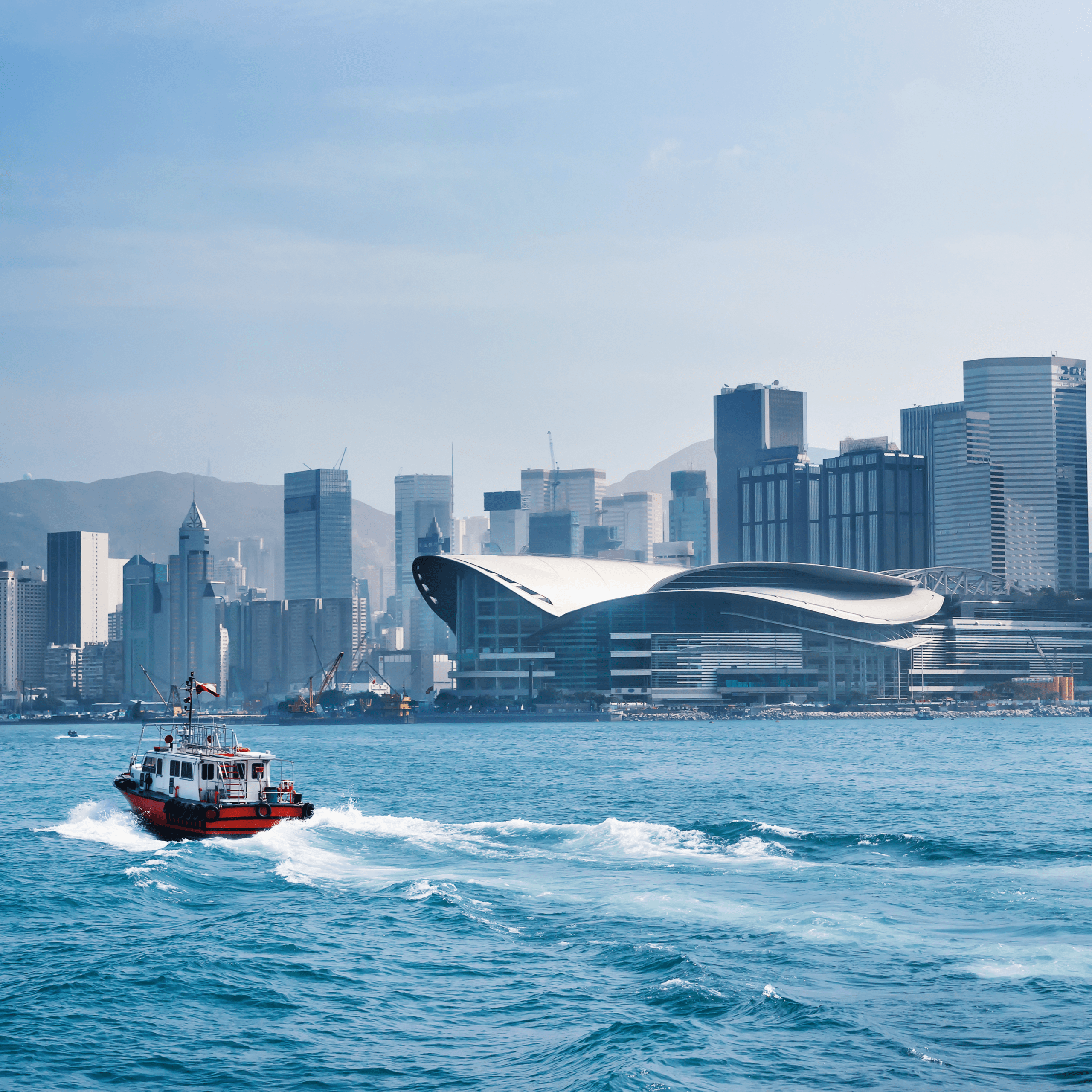Changing Course
Share this blog
Latest Maritime Vacancies
Client Executive
Technical Superintendent (Dry) – Europe
Tanker Technical Superintendent – Europe
HSSEQ Superintendent – Europe
Fleet Manager (Dry) – Europe
Chinese shipping celebrates 70 years of progress

Article for Spinnaker Global by Richard Scott FICS, member, London & South East Branch committee, Institute of Chartered Shipbrokers
Today, around the time of the 1st October celebrations for the 70th anniversary of the founding of the People’s Republic, China is the world’s second largest shipowning country. Seventy years ago in 1949, involvement in international shipping was almost nil. The journey since then has been remarkable.
China’s participation in ocean shipping ceased for several centuries after the epic voyages arranged by famous Ming era explorer Admiral Zheng He, in the fifteenth century. Between 1405 and 1433 Zheng He’s armada embarked on seven long expeditions to south-east Asia, Hormuz and the east African coast. The huge imperial fleets, including great treasure ships (baochuan) which were far larger than any ships of other nationalities, comprised up to about 300 vessels and 28,000 seafarers and others.
Subsequently no further long-distance voyages were undertaken and China withdrew from international seaborne commerce. When the People’s Republic was established in the twentieth century, China possessed only a few ships for foreign trade, totalling 34,000 tons. In 1953 Chairman Mao Zedong instructed that “(we) must work hard to develop our shipping industry”.
From a miniscule beginning with “a few small, old, decrepit ships” according to one author, the Chinese merchant marine expanded into its current huge size. Just over a year ago at the end of August 2018 the China-owned fleet was reported as comprising 7744 ships totalling 170 million gross tonnes. At that point following rapid enlargement China overtook Japan, which had been for many years in the number two slot below Greece in the capacity ranking of fleets based on ownership country.
What is the position now? At the beginning of September 2019, a total of 9,264 ships totalling 189m gt was recorded by Clarksons Research as China-owned, an increase of 9m gt or 5% since the end of last year. During the past five years, the fleet has grown strongly by an average of almost 8% annually. Many tankers, bulk carriers, container ships and specialised types such as gas carriers have been added.
Some of the newbuilding ships delivered to owners based in China during 2018 and this year have been among the largest of their type in a specific sector. A new phase in the VLOC (very large ore carrier) building programme has seen numerous 400,000 dwt capacity vessels joining the fleet, mainly for employment carrying iron ore on the long route from Brazil to China. Numerous tankers of around 310,000 dwt in the VLCC (very large crude carrier) category have been delivered.
In the same recent period also, many deliveries of mega-size container ships (ultra large box carrier – ULBC) of 19,150 teu capacity have been a prominent feature. These have assisted the China-owned container ship fleet to expand at a much faster rate that seen in the other two main sectors. Capacity for carrying containers almost tripled over the five years up to end 2018, compared with a 41% increase in the tanker fleet and a 25% rise in the bulk carrier (including ore carrier) fleet.
What are the signs of future growth? The orderbook of ships scheduled to be built or under construction, for owners in China, currently totals over 19m gt, to be delivered mainly within the next two to three years. This is equivalent to about 10% of the existing fleet. It suggests further expansion, which will also be affected by how much scrapping and second-hand vessel purchases or sales occurs.